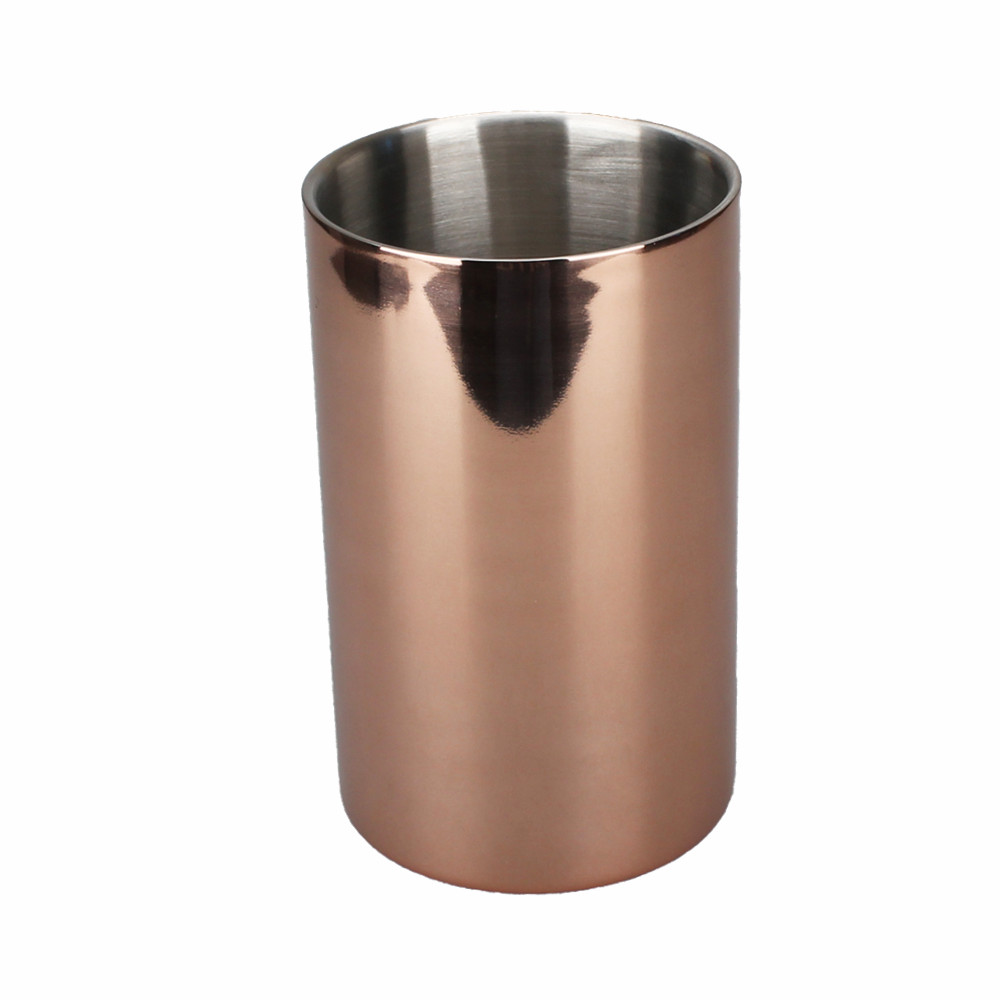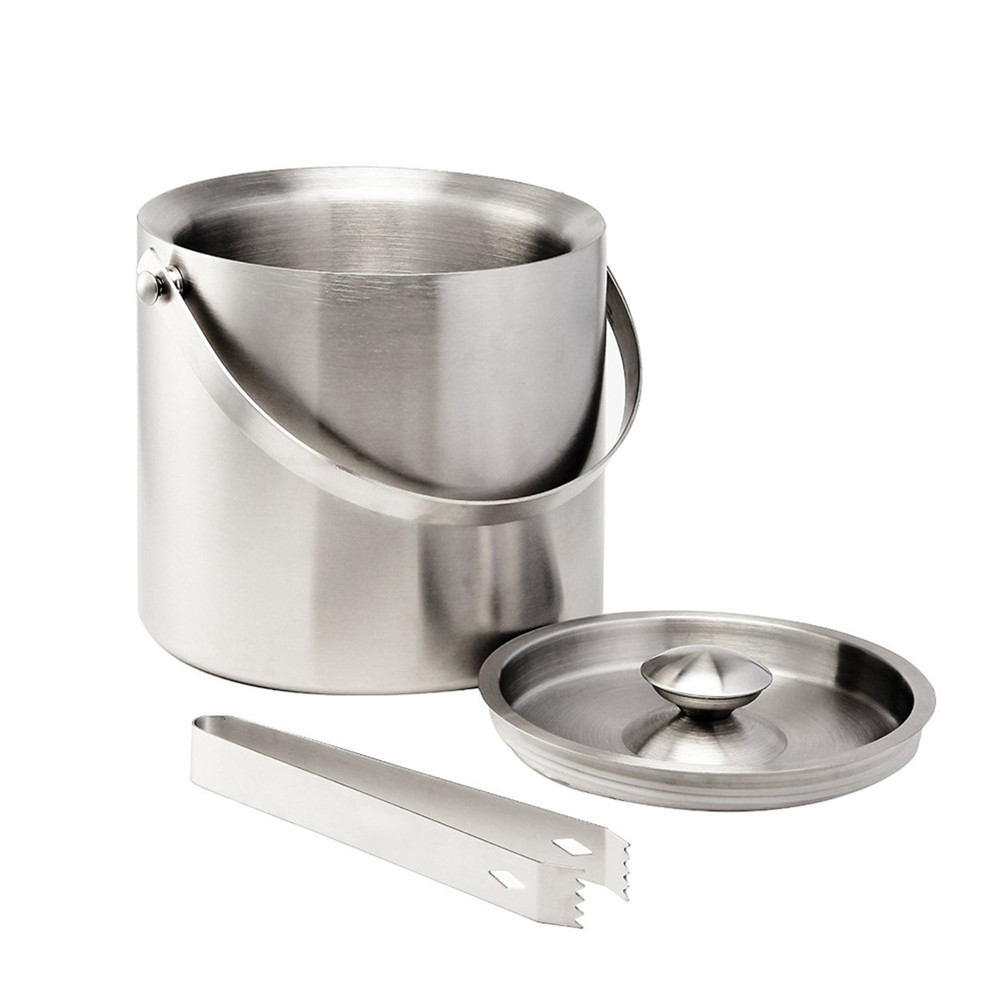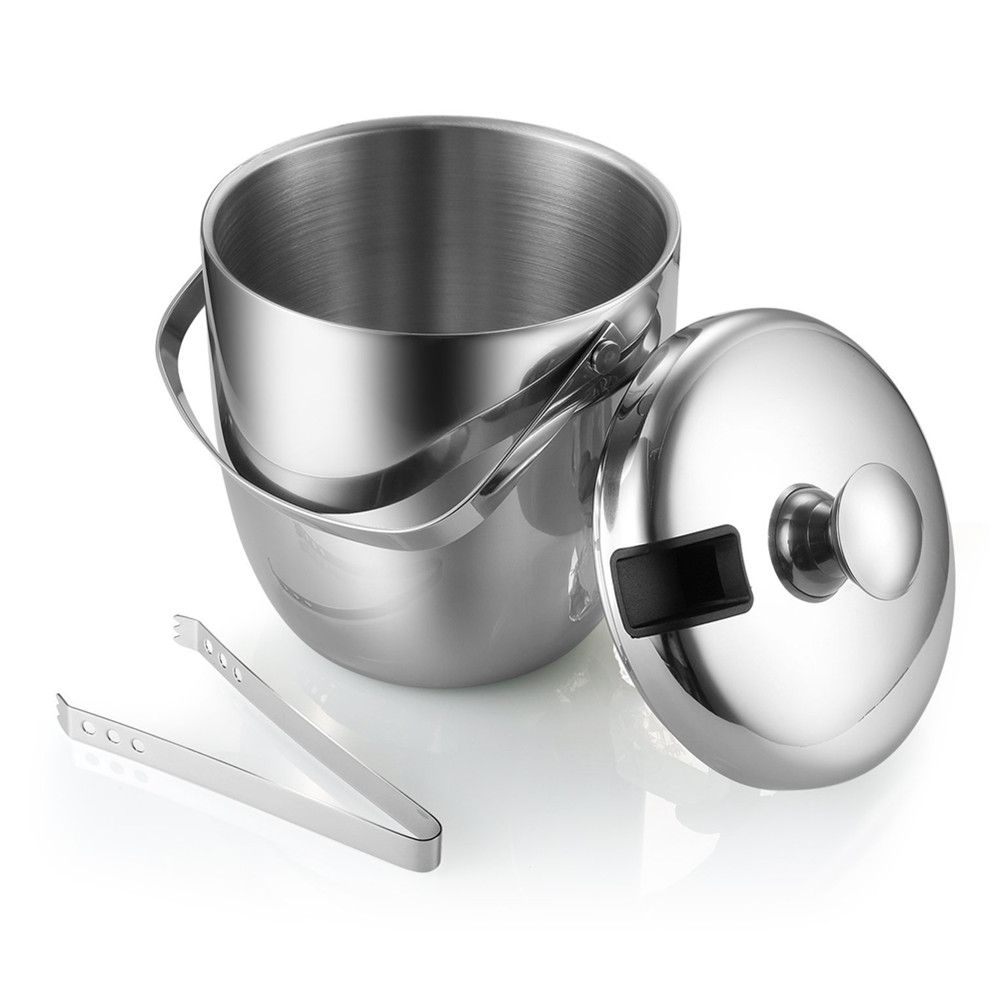Compared with offset printing, lead printing and other printing processes, screen printing is a small industry, but the development speed of screen printing is faster than other printing processes, and it will develop in the direction of cutting-edge, mechanization and specialization. As an ink manufacturer, it is also part of the paint, lacquer and ink oil production industry. There are many manufacturing processes. The raw materials produced under certain conditions can be used for the production of screen printing inks, and may be high quality inks.
The raw materials for the production of screen inks are basically the raw materials and resins required for the production of other printing inks and house paints. Mixing these raw materials and resin in a packaging can can be used for screen printing. As a screen printer, its most prominent advantage is that it can push a squeegee to print on very long materials. When we analyze the printing material and the chemical components contained in it, we will find that the content of these chemical components far exceeds the amount used in the production of ink. As a manufacturer, we face the problem of raw materials and need to produce inks suitable for various materials. In fact, our production scale is small, so it is difficult for us to produce various types of inks suitable for printing on various materials. Our increase in sales is not enough to enable researchers to research and develop in this regard, because we are still small manufacturers.
UV ink is not a new product, it has a history of several years. Can UV ink become a general product used in other printing? The speed of printing, drying and stacking of printed materials in most offset printing factories is the same as the processing and processing speed of the printing materials. Only the speed, UV ink is not the best choice for offset printing. For the space of UV lamps, the offset printing factory would rather buy the equipment for the UV ink, because the price of UV ink is very expensive.
At present, there are certain rights to use UV ink in offset printing, such as metal surface decoration printing. Thermosetting ink is still used today, but it requires a long transmission to be cured. Now, such as beer cans, UV ink is used. From the current status of screen printing and ink manufacturers' perspective, UV ink is very suitable for screen printing.
Before talking about the characteristics and structure of UV inks, it is important to understand the physical or chemical changes that occur in the process of changing the ink from liquid to solid (curing process). The commonly used screen printing inks can be divided into two basic types: solvent evaporation type and chemical reaction type.
Solvent volatile ink consists of three parts: resin, solvent and additives. Resins are mostly ethylene, propylene compounds or paints. All solvent volatile paints are classified as varnishes. Dissolve the powdery or solid resin in the solvent, then add the solvent. This solvent may be a mixture of two or three different ingredients, and finally add additives. The additives may be pigments, plasticizers or others. This type of ink relies on the solvent to evaporate and changes from liquid to solid. Once the solvent has evaporated, the ink becomes a dry film and the resin returns to the solid state.
The chemical reaction ink consists of four parts: resin, solvent, additives and drying oil / catalyst. Also dissolve the resin in the solvent, add the solvent to use the ink to achieve printing viscosity, then add the additives and dry oil. The process of changing the ink from solid to liquid is the process of oxidation reaction, that is, a chemical reaction occurs between oxygen, dry oil and resin to produce very active and unstable atomic groups. These atomic groups react quickly and undergo polymerization, in other words, The atomic group reacts with oxygen molecules in the dried oil. After the polymerization reaction, the ink becomes a dry film, and the solvent is volatilized and released. It only plays a role in increasing the viscosity during printing, regardless of curing and drying. This type of chemical reaction also has differences, and a catalyst can be added. For example, thermosetting enamels require the right to react by heat. Some require air drying, some require thermal energy drying, and some require heat combined with air or oxygen and a catalyst. The ink becomes a dry film and the solvent volatilizes. Only plays a role in increasing the viscosity, and has nothing to do with curing and drying. This type of chemical reaction also has differences, and a catalyst can be added. For example, thermosetting enamels rely on heat to promote the reaction, some require air drying, some require thermal energy drying, and some require heat combined with air or oxygen and catalyst.
UV light curing reaction is a new chemical reaction. The structure of UV inks includes resins, monomers instead of solvents, additives and photoinitiators. The resin in UV ink is very different from the resin of solvent volatile ink. It is reactive. It can react with a product in other chemical reaction processes. In UV ink, it can react with a single polymer. Monomer is a low-molecular-weight chemical substance, which can replace solvents to a certain extent, it can reduce the viscosity and is suitable for printing. But in addition to acting as a solvent or diluent, it also has a very important role-participating in chemical reactions. Each component in the UV ink can react chemically, because it is 100% cured, and all components will become solid by chemical reaction.
The additives in UV ink refer to pigments and the like. The curing process of UV ink is the reaction process of photoinitiator. The photoinitiator is equivalent to the role of atomic groups, which can produce a chain reaction. It has photosensitivity. After being exposed to light, it becomes an excited molecule, and the excited molecule spontaneously splits into two or more atomic groups. These atomic groups undergo chain polymerization, which is the curing process of UV ink.
Solvents are an important part of screen printing inks. The resin, plasticizer and pigment are mixed in the correct ratio to achieve a certain viscosity, which is suitable for the printing of certain types of printing materials. The solvent is very critical here. 90% of the problems are related to dissolution. In the production of inks, a large number of petrochemical agents are used. Users will complain that the ink does not dry after passing through the conveyor belt, the ink has different properties from day to day, the ink is dried on the screen, and the printing material absorbs all the solvent. How to solve it is related to the solvent.
Different regions, different temperatures and humidity, different ink properties; different altitudes, different solvent boiling points, and different ink properties, all related to the solvent.
Now the government prohibits us from using too much solvent, because the solvent evaporates into the air, causing environmental pollution. We can only use 5% solvent content, so in the future there will be situations where petrochemical solvents are not only difficult to obtain and expensive, but also solvents can not be used. The government will make us unemployed and we have to work hard to develop a new ink system , Photoreactive ink-UV ink production is a feasible way.
As a screen printer, you not only want the printing ink to be beautiful in color, because the ink plays a decorative role in many aspects, which requires the ink to withstand the process of die cutting, bending and forming. The ink is resistant to gasoline, chemical solvents, and chemicals. Abrasion, weather resistance, long service life, and ink can be printed on various materials. It will take time to ensure the above properties of the ink. Good ink adhesion is on the one hand, making the ink resistant to solvents, abrasion, etc., and printability to meet user requirements is another. The advantages of UV ink are not explained here. UV ink can save a lot of space, which is very important today. The automatic printing equipment used in printing plants is equipped with 12, 15, 18 meters long conveyor belts. It is very costly to start the gas dryer. Now the UV ink used can be just 2, 2.5, 3 meters long conveyor belt. The speed of the machine is not as important as the speed of the entire printing process. We can transport the printed products in a box not far from the printing machine. We often talk about saving energy, and will use this as a speculation. Drying inks with high solvent content requires a lot of gas, air, electricity and capital. The use of UV inks will greatly reduce these consumptions.
The term "printability" was specifically proposed for solvent-based inks. As long as the UV ink is used, the printing quality is as good as the screen. Since the UV ink is 100% solid and has no volatile solvent, the viscosity of the ink will not change. In the past, printers had to complete a long period of printing, especially when printing fine patterns, they always encountered the problem of viscosity change. They would scrape the ink back and forth to evaporate the solvent and change the viscosity. Every 50 to 75 printed At this time, the thickness of the ink layer will be different, and the UV ink, the quality of the print is exactly the same for one working day. Cleaning is a big problem, especially in factories that print enamel or have a long drying cycle. There is a lot of dust in the air. When printing with UV ink, the printed matter will be immediately placed in the curing equipment to dry, so the printed matter is not exposed to impurities many.
UV ink is very expensive, and the price per gallon is 2 to 5 times more expensive than ordinary ink. The general ink, whether it is a solvent volatile type or a chemical reaction type, has a solid content of about 40%, in other words 60% is a solvent, and a UV ink has a solid content of 100%, which is 2 to 5 times that of a general ink. If general solvent volatile ink is coated on a 70-line / cm screen, the thickness of the dried ink layer is only 13 microns, and UV ink is printed on the same screen, and the thickness of the ink layer after curing is 25 to 37 microns. Therefore, in order to obtain double the thickness of the ink layer, use very fine screen printing UV ink.
So how to prepare for the use of UV ink? First, a reaction or curing device is required. We call the curing device a reactor because the UV ink does undergo a chemical reaction during the curing process from liquid to solid. To meet special needs, care should be taken when purchasing curing equipment. Care should be taken to ensure the unique performance of any heat-sensitive material. Judging from the energy released by the UV ink tube, many devices have high operating temperatures and can deform the printing material, so it is more common to design and produce UV reactors than to place UV tubes on the conveyor belt. The use of UV ink requires strict control and procedures. When printing black vinyl ink, you can use a 67-122 line / cm screen. The screen meshes are different, resulting in the best printing quality and ink hiding power. Then the printer must use and must use this screen. A coarse mesh or blunt scraper will make the ink layer thicker, but it cannot be cured. Regardless of the exposure time, the UV light source cannot penetrate into the thick film, so the surface of the ink layer is cured. Since the bottom of the ink layer is not cured, the ink adhesion will also decrease.
The photosensitive film plays a very important role in the use of UV ink. The thicker the diaphragm, the thicker the printed ink layer. A 25 to 37 micron thick indirect template can print very fine graphics and text, and feel as clear as Braille. Because the UV ink does not dry on the screen, it can print out the tiny pinholes on the plate. UV inks are expensive, so it is important to keep inventory and color control. After printing, make sure that the screen is clean. If there is a little UV ink left on the screen, and the screen is placed in a well-lit room, this piece will not be used for printing.
For solvent-based inks, a production line costs $ 50,000, while UV inks, due to the high price of raw materials, produce inks of the same amount cost $ 150,000. We must have suitable products and guarantee the sales volume before we can change the production line to balance the difference between the two. Due to the complex application range of inks and the variety of printing materials, we must choose several applications. Even if it is UV ink, it cannot complete all the work.
As an ink manufacturer, the goal is to focus on customers with large quantities. Such customers include UV reactors, new screens, etc., and can require large amounts of UV inks for long-term printing of certain products. If it is a small-scale silk screen manufacturer, it is impossible for the manufacturer to produce UV ink with special formula to be suitable for printing of various materials. UV ink is an effective solution to improve product quality and simplify production procedures. Using UV ink is also a good way to protect natural energy in accordance with product production rules. Using UV ink can make the paper leave the high-speed printing machine and pile up to 2 to 3 meters high, which is our dream.
Ice Bucket
1:Brushed stainless steel body resists fingerprints,Double-wall Ice Bucket keeps cold inside and prevents outer condensation
2:Food safe and dishwasher safe
3: Equipped with lid and handles for convenient carrying. Includes stainless steel scoop that works better than prongs.
4:Suitable for party, weddings, picnics and so on.
Any ideas or OEM requirement about our ice bucket items,please feel free to talk with us.
Description of Ice Bucket
Material:SS304
Finishing: Satin polishing ,Mirror Polishing ,Color painting
Logo: Laser logo, Etching logo, Silk printing logo, Embossed logo, Decal logo
MOQ : 2000 PCS
Packaging : White box, Mail box or Customized package
Sample Time : 7~10 days
Lead Time :60 days after have the deposit
Payment: T/T ,L/C or others
Payment term: 30% deposit before production and 70 % balance against the copy B/L



Welcome to contact us for more details and Professional product recommendation .
Waiting for your inquiry.
Ice Bucket
Stainless Steel Ice Bucket,Double Wall Ice Bucket,Ice Buckets With Lids,Stainless Steel Wine Bucket
Jiangmen Wellway Houseware Co.,Ltd , https://www.wellwayhouseware.com